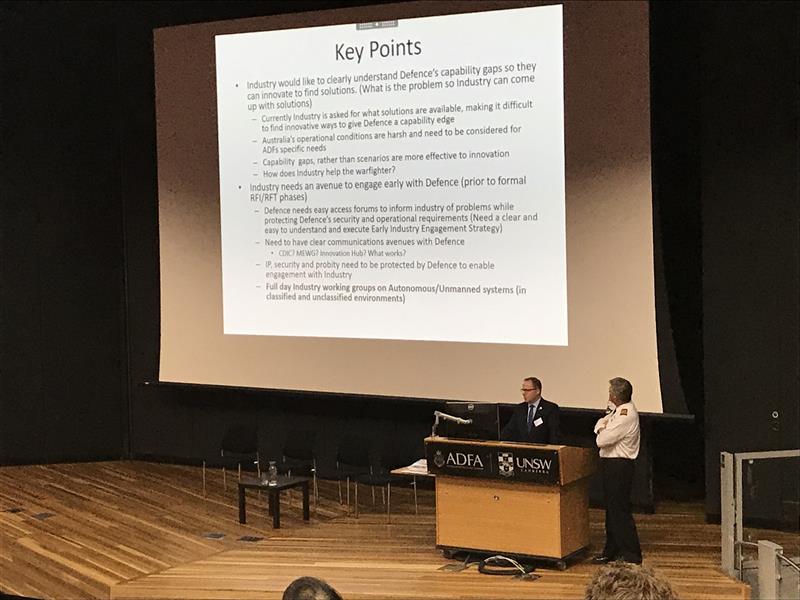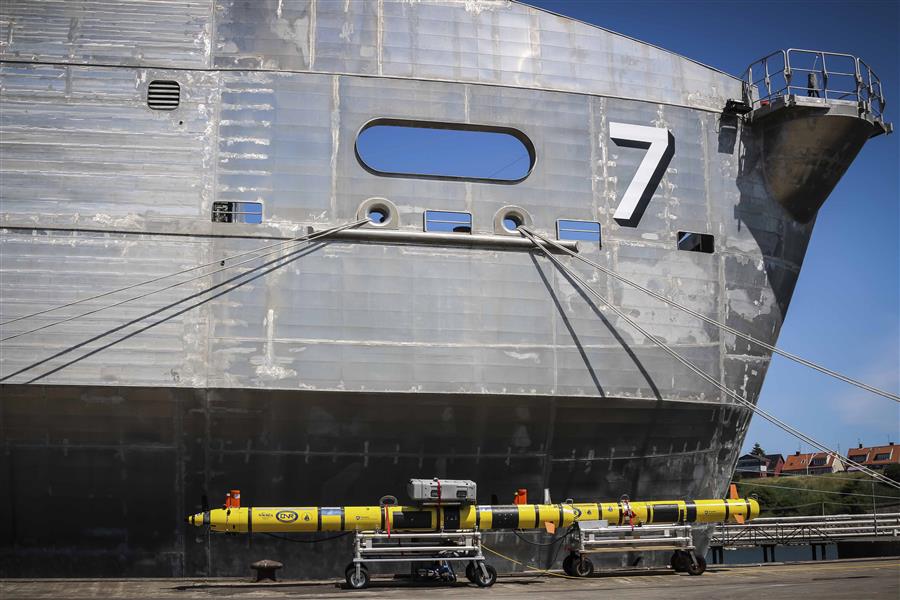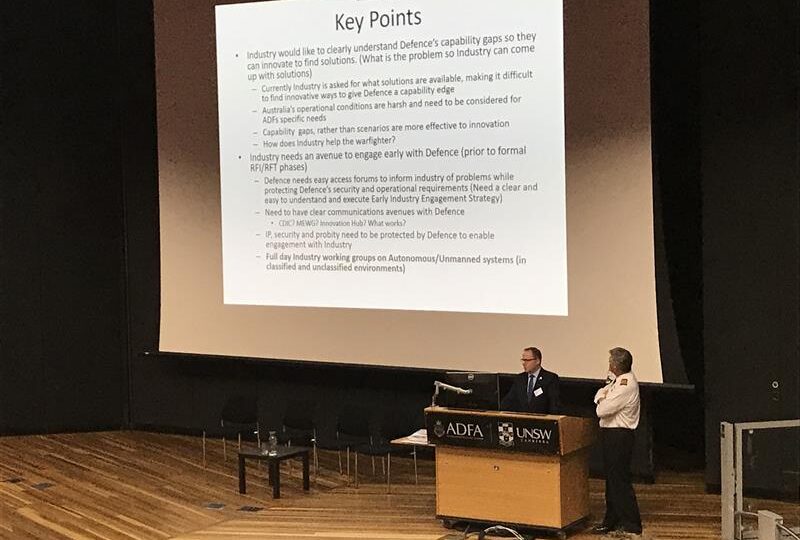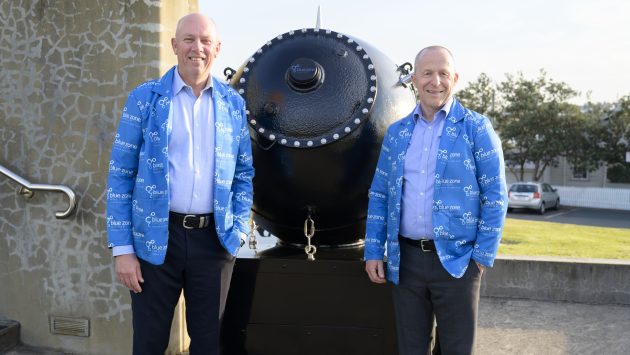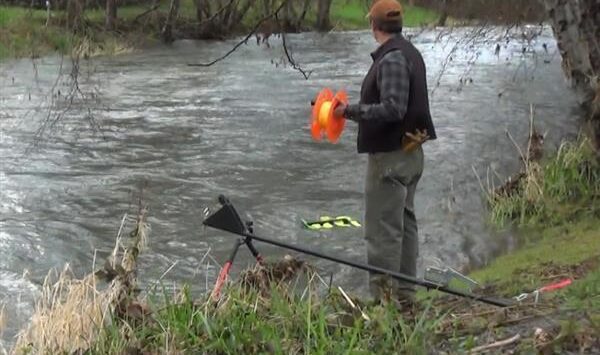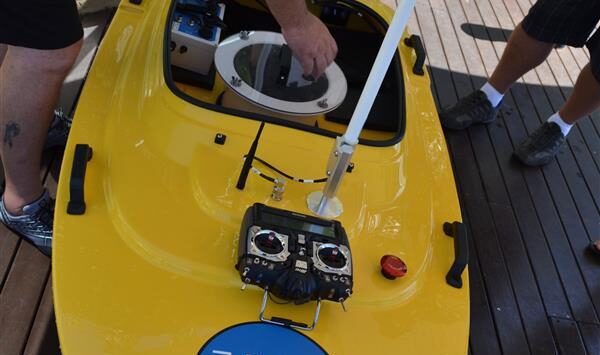Supercharging Autonomy at the MEWG
Supercharging Autonomy at the MEWG
A clear theme of the Maritime Environment Working Group (MEWG) recently conducted in Canberra was that Navy capability for Autonomous Underwater Systems needs to be “super-charged”. Autonomous Systems and marine robotics offer significant benefits to the Navy’s desire to maintain a technology edge and to remove personnel from the “dull, dangerous and dirty” tasks required for many naval operations.
While Australia has been an early adopter of marine robotics and autonomous systems for scientific investigation and technology development, operational implementation of autonomous capability lags significantly behind many other naval forces. AUV technology seems to be in a holding pattern of evaluation, scientific experiment and demonstration.
Project SEA 1770 will see the first REMUS 100 Autonomous Underwater Vehicles enter operational service in 2019 and SEA 1778 also proposes AUV for expeditionary mine countermeasures. SEA 1770 implements a relatively minor capability with two vehicles to be deployed for Rapid Environmental Assessment tasks. This can be compared with other regional navies that field significantly larger fleets of vehicles for tasks including mine countermeasures, hydrographic survey and oceanography. The inclusion of AUVs in traditional mine hunting activities would provide a force multiplier. Typically, AUV operations are supported by trained teams who also deploy Remotely Operated Vehicles for tasks that require subsea intervention such as mine disposal.
RAN thinking for AUV applications includes the use of AUVs for key minewarfare tasks including Search, Classification and Identification. AUVs equipped with advanced side scan and synthetic aperture sonar is now able to provide the Search capability with reliability and high performance. New tools like underwater laser scanners & imaging systems enable Classification and Identification.
Perhaps it is symptomatic of the delay in AUV uptake that some sources propose that AUVs can also complete the essential Disposal task of mine warfare. Currently, and maybe never, totally autonomous systems will not be able to conduct full mine clearance operations. The reason is that the autonomous system would need to be equipped with some type of munition for mine destruction, and so in itself, it would represent a high risk if control were lost. An autonomous system for mine Disposal, without man-in-the-loop control, is unlikely to happen in the foreseeable future.
